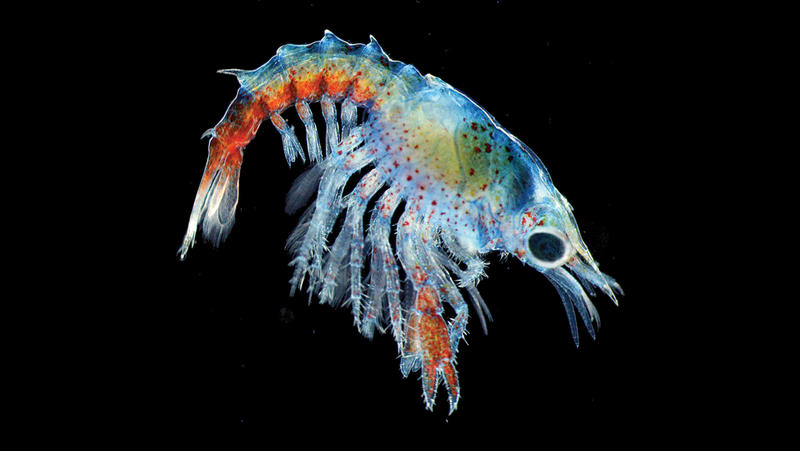New Research Shows ‘Strong Correlation’ Between Baby Lobster Decline, Possible Food Source

A three-week old American lobster, seen through a camera mounted on a dissecting microscope. Photo by Jesica Waller for the University of Maine Darling Marine Center
New science is bearing down on a poorly understood part of the North American lobster’s diet. And it turns out that a tiny crustacean’s abundance may help to explain expected declines in Maine’s lobster harvest.
The Gulf of Maine brims with hundreds of varieties of transparent crustaceans known as copepods.
“If you’ve ever swum in the ocean, you’ve probably swallowed mouthfuls of them,” says Nick Record, a computational ocean ecologist at the Bigelow Laboratory in Boothbay.
Recently Record has put himself at the computational nexus of a handful of data sets that track a particular copepod in the Gulf of Maine, called Calanus finmarchicus.
